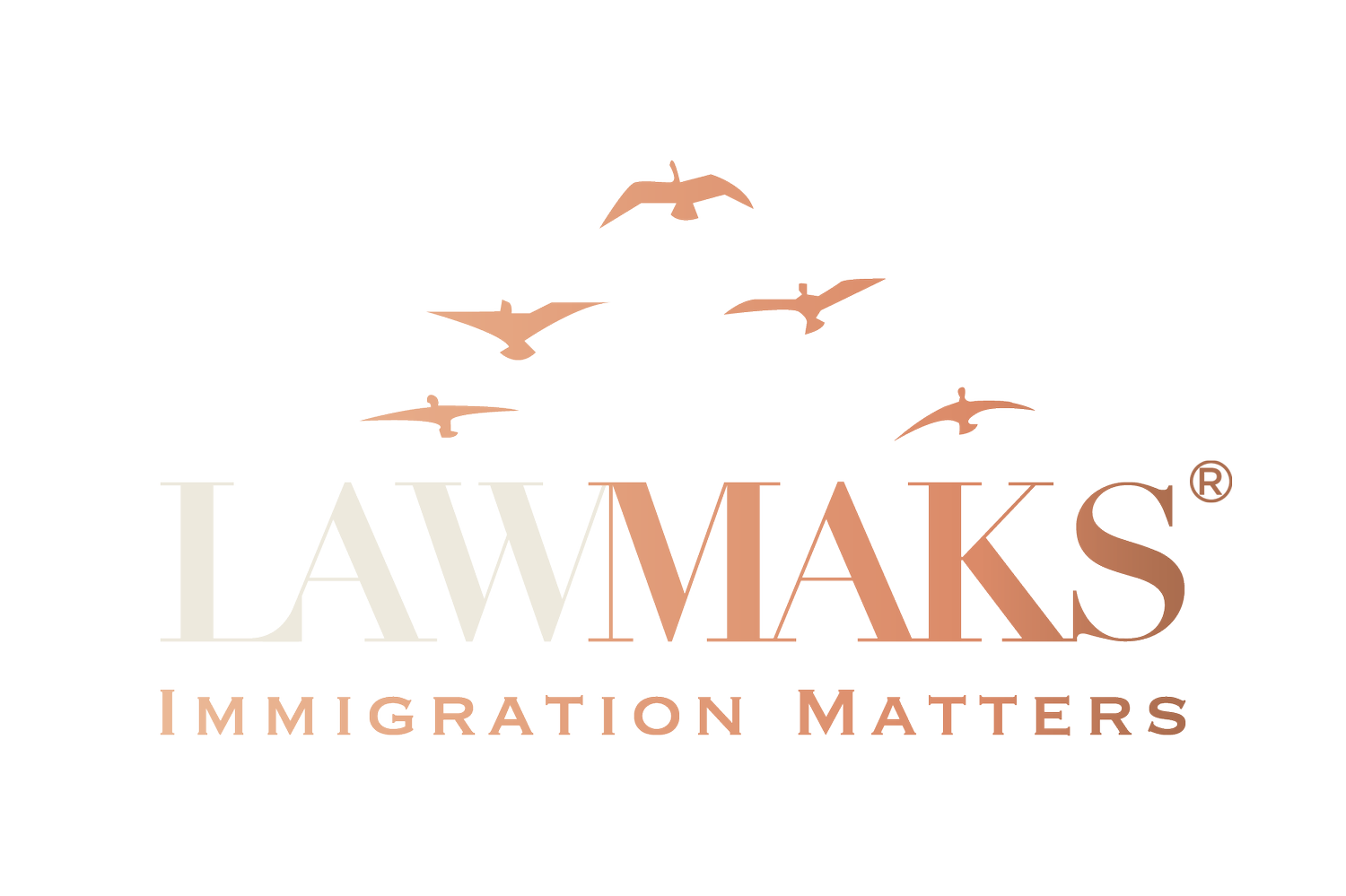Understanding The L-1 / E-2 Visa Process & Comparison
L-1 Visa:
Purpose: The L-1 visa is designed for intra-company transferees, allowing multinational companies to transfer employees from a foreign office to a U.S. branch.
Eligibility: To qualify for an L-1 visa, the applicant must have been employed by the same company or its affiliate abroad for at least one continuous year within the past three years.
New US L-1A: New Office L-1A is granted to foreign companies which have been operating in the US for less than 1-year. The idea is for the “New Office” executive or manager to set up the company for full operation within 1-year. This type of L-1 is initially granted for 1-year, with 2-year renewals thereafter for a maximum of 7-years.
Existing US Company L-1A: This type of L-1A is granted to foreign companies with an existing branch in the US, that has been operational for more than 1-year. This is initially granted for up to three years and can be extended up to a maximum of seven years for L-1A (executive or managerial role) and five years for L-1B (specialized knowledge role).
Family Dependents: L-1 visa holders can bring their spouse and unmarried children under the age of 21 to the U.S., who can also obtain L-2 visas to accompany them.
Work Authorization: L-2 visa holders (spouse and children) can obtain work authorization, allowing them to work in the U.S. Children will have the ability to attend school or university up until they turn 21, at which point they are no longer eligible for L-2 designation.
Path to Permanent Residency: Certain L-1A visa holders (i.e. executives) can potentially apply for a Green Card (US permanent residency) through the EB-1C process where their own US company would sponsor them for a US Green Card. Eligibility for this must be further evaluated at the time of filing.
E-2 Visa:
Purpose: The E-2 visa is for foreign nationals from treaty countries who want to invest a sufficient amount of capital in a U.S. business they will actively manage and direct. There is no set minimum for E-2 investment, and this amount will be determined based on the type of business you are starting.
Treaty Countries: The E-2 visa is only available to citizens of countries which have a treaty of amity (commerce and navigation) with the United States. A list of treaty countries can be obtained from the U.S. Department of State. Some of the Treaty countries include Turkey, Egypt, Pakistan, and Japan.
Duration: The E-2 visa can be initially granted for up to five years (depending on the country of nationality), with the possibility of extensions as long as the business remains viable. Unlike L-1, There is no maximum “cap” as to the number of years an E-2 visa holder may extend the E-2 visa.
Family Dependents: E-2 visa holders can bring their spouse and unmarried children under the age of 21 to the U.S., who can also obtain E-2 dependent visas. Children will have the ability to attend school or university up until they turn 21, at which point they are no longer eligible for E-2 designation.
Work Authorization: E-2 dependent visa holders can apply for work authorization, allowing them to work in the U.S.
Path to Permanent Residency: While the E-2 visa itself does not directly lead to permanent residency; it can be renewed indefinitely as long as the business remains active. Some E-2 visa holders may explore other avenues, such as employment-based sponsorship or EB-5 to obtain their US permanent residency.
Additional Points to Consider when Choosing between E-2 and L-1 Visas:
L-1 requires an existing foreign company which must remain functional for the duration of the US operations, whereas E-2 may be a “stand-alone” US company.
Investment Requirement: Generally, the L-1 US operation has a larger business structure, with multiple executives in the US, whereas the E-2 visa may be a smaller operation. With each visa, the specific minimum investment amount may vary depending on various factors such as the nature of the business, location, and job creation potential.
Ownership Structure: The E-2 visa requires the applicant to own a significant percentage or entirety of the U.S. business, whereas the L-1 visa does not have ownership requirements.
Flexibility: The L-1 visa provides flexibility in terms of transferring employees within the same multinational company, whereas the E-2 visa focuses on individual investment and management of a specific business.
Please consult with an immigration attorney or professional to understand the specific requirements and implications of each visa category, including the treaty countries and any applicable investment amounts.


